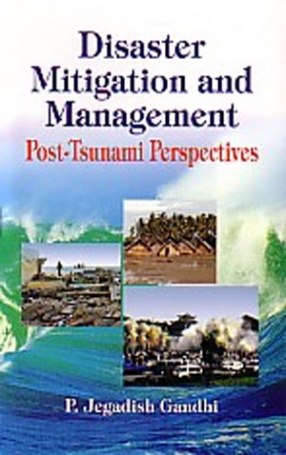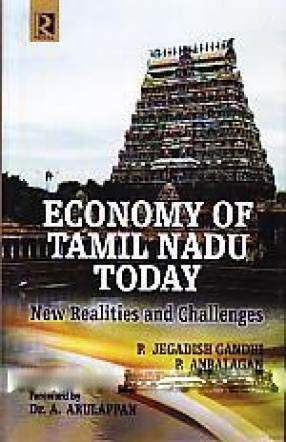Disaster Mitigation and Management: Post-Tsunami Perspectives
In stock
Since 26 December 2004, the occurrence of natural calamites in terms of Tsunami and heavy floods has become a regular phenomenon in India. Not only did they affect the people in coastal areas, but also inhabitants in and around inland regions. During the past one year, it is evident that the extent to which a population is affected by a calamity does not purely lie in the physical component of vulnerability, but is contextual also to the prevailing social and economic conditions and its is consequential effect on human activities within a given society. Amid the countless corpse statistics, countable survivors' stories and gigantic relief and rehabilitation operations, many eyebrows have raised about the philosophical question: is there God? It is reflected in a spate of articles and letters in newspapers published by rationalists, religious leaders and theologians, faith-believers, scientists and common people all over the world. Post-Tsunami rescue, relief and rehabilitation experiences by different governments, NGOs and donor agencies have opened up new vistas in disaster mitigation and management strategies.
This special book, Disaster Mitigation and Management: Post-Tsunami Perspectives is to commemorate the decadal service (1996-2006) of Vellore Institute of Development Studies (VIDS).
Additional informative as well as illustrative media reports especially after two-year historic natural disaster have been added to build-up the necessary practical parameters of disaster mitigation and management among the people. Do's and don'ts related to Tsunami, earthquake, floods and heavy rains are catalogued as cautious preventive measures. The book's coverage and contents on disaster management will become a good referral for post-Tsunami disaster plans and programmes.








There are no reviews yet.